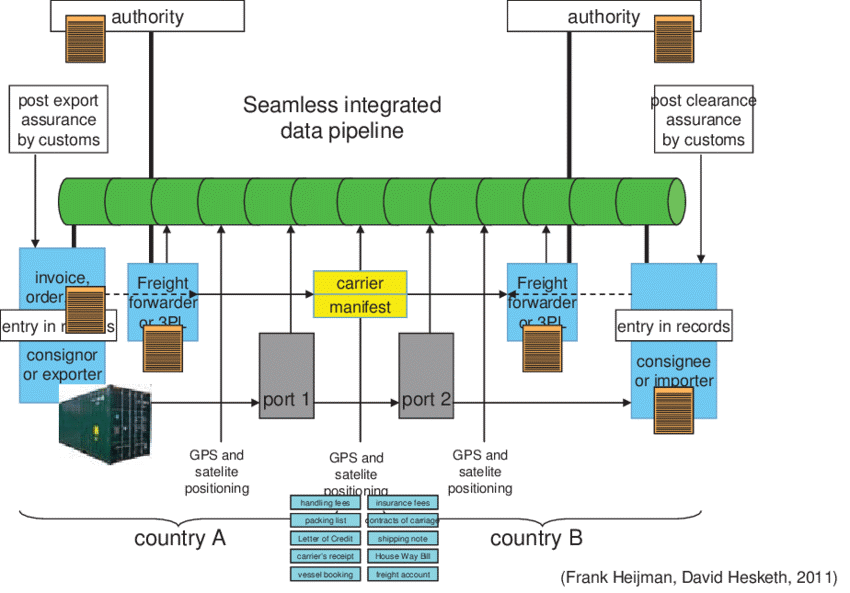
Risks of Not Having a Data Pipeline

Why Are Data Pipelines Important?
Data pipelines find widespread usage in a range of business use cases. Before we understand why data pipelines are important, let's clear the air around data pipelines first.
Benefits of a Data Pipeline
A data pipeline serves multiple use cases for businesses and organizations, offering benefits like:
Data ingestion
Data ingestion is a process of pulling data from data sources and feeding it into a pipeline. This is achieved through API calls, webhooks, and replication engines. Data can be ingested into a data pipeline through two approaches:
- Batch ingestion: In batch processing, data sets are fed into a pipeline as a group according to a set schedule or a response to an external trigger.
- Streaming ingestion: In stream processing, data is fed into a pipeline as and when it is generated in real-time.
Data ingestion helps businesses collect, import, and process data for storage in a database or for further processing.
Data integrity
Since the entire data pipeline follows a pre-defined process, it ensures that all the collected data is processed and collected consistently. Thus, this ensures that all the information in reports is accurate and consistent.
Data quality
As data moves through the pipeline from one destination to another, it gets refined and cleaned, proving more meaningful to end users. You won't have to deal with inconsistent date formats, Excel formula errors, copy-and-paste discrepancies, and so on. This boosts your organization's productivity and performance.
Automation
A data pipeline automates the repetitive tasks of collecting, transforming, and loading data into different tools and apps. This frees up your time, allowing you to focus on other tasks.
Visualization
In addition to processing the data, data pipelines also deliver key business insights. The processed data can be fed into the dashboard and reporting tools for effective visualization to make important business decisions.
Use Cases for Data Pipelining
Marketing Data
A data pipeline can boost your marketing campaign by connecting all your data sources (IoT, social media, CRMs, and more) and creating powerful marketing reports. This further ensures that all the marketing data sets are fetched automatically through SaaS APIs for better analysis and educated decision-making.
E- commerce applications
A data pipeline can streamline e-commerce stores by integrating store data from point-of-sale systems and e-commerce platforms, thus enabling easy inventory management, personalized marketing, and customer segmentation.
Risks of Not Having a Data Pipeline
Time-consuming data extraction
Not having a data pipeline means manually extracting all the data from different sources. This could work fine if you have to deal with one or two sources. But the whole process will consume a lot of time when you want to collect data from a number of source systems at different times and based on certain external conditions and triggers.
Raw data errors
A data pipeline processes raw data, ensuring it is fit for consumption at the next stage. Without a data pipeline, you can still have tons of data, but it would likely be raw, thus prone to errors and mistakes.
Long-tail data hassles
Enterprises have an exponentially high number of data sources they extract data from. Managing a large number of data sources is tough, especially when you only have a handful number of professionals who do that. What happens if that person leaves? Managing all these sources and documenting the large-scale processes that satisfy different regulators and auditors is tedious and arduous.
Extra work for data engineers
Data engineers already have enough on their plates. Without a data pipeline, they will have to invest time in extracting and processing data, thus keeping their hands full.
That said, there are several helpful best practices to consider when establishing a reliable data pipeline.
Data quality issues
There is always a probability of human errors, redundancy, the disparity in data formats, and missing data in the absence of a data pipeline.
Disparate data storage
Without a data pipeline, data is stored in multiple sources, making way for data silos, data redundancy, and disparity. You can also waste database storage space due to duplicative and redundant data sets.
How Data Engineers Can Ship Faster
Data engineers and data scientists deal with a huge amount of data from disparate sources on a regular basis. Setting a data pipeline strategy to implement automation to process data saves time, boosts productivity, lets you derive critical insights, and assists you in decision-making.